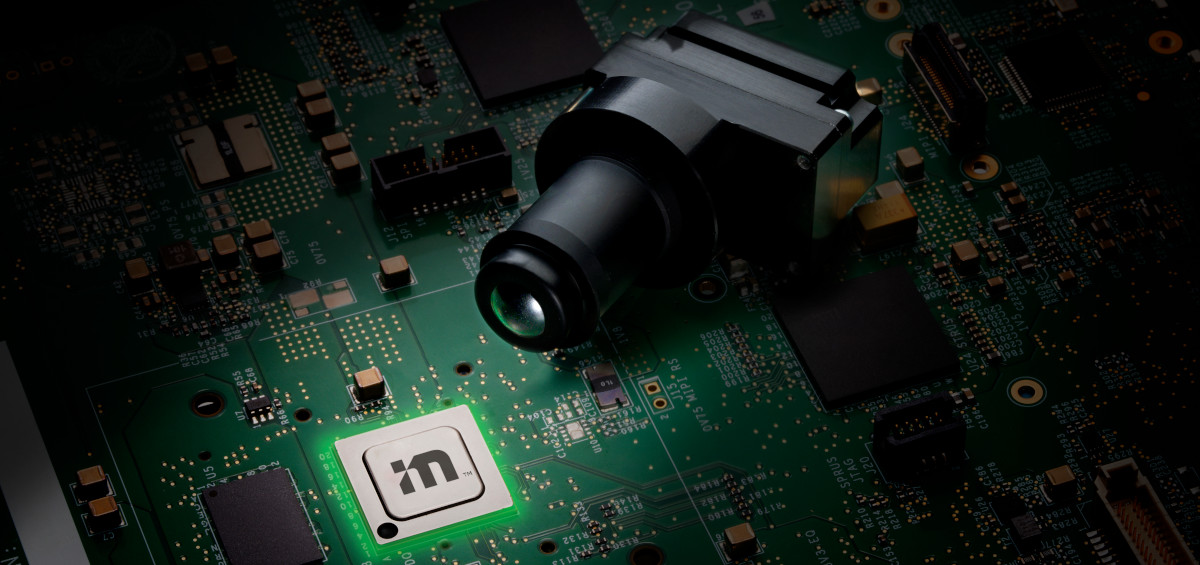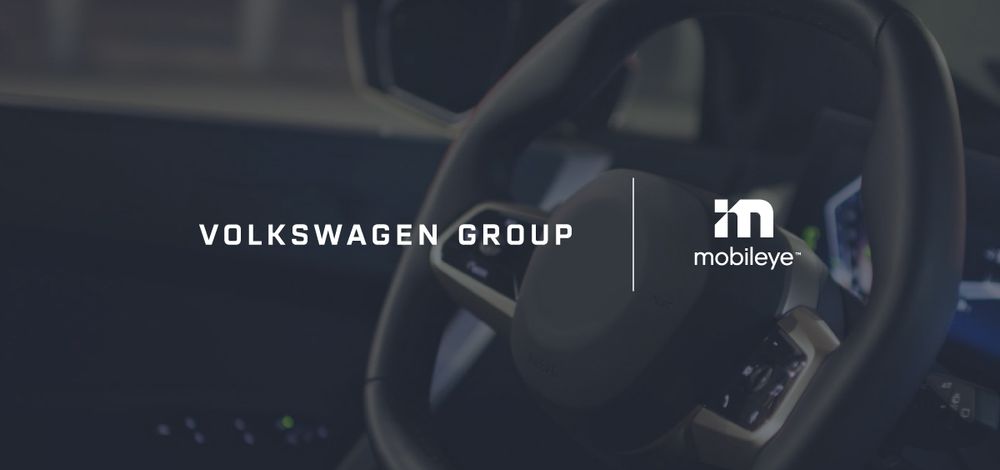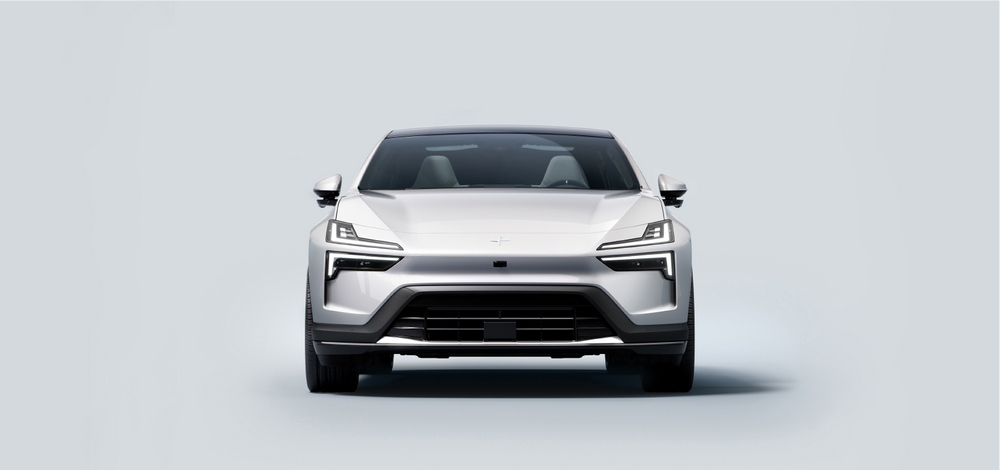blog
|
July 25, 2023
The Road to the Future of Mobility is Being Mapped by REM™
"REM crowdsourced mapping is the foundation on which all our advanced products are built," Mobileye SVP Nimrod Nehushtan outlined at AutoTech: Detroit 2023.
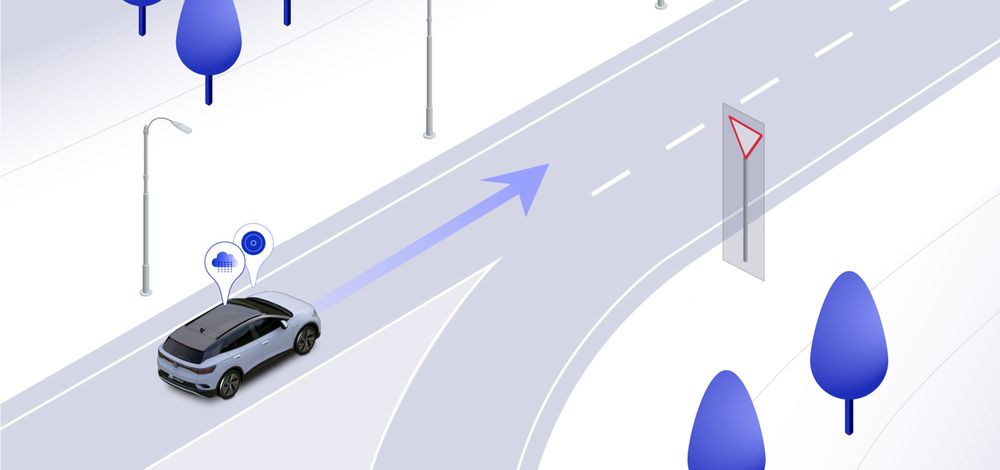
Road Experience Management™ harnesses the power of the crowd to enhance a range of assisted and autonomous driving solutions.
For more than two decades, Mobileye has been providing the automotive industry with computer-vision technology for advanced driver-assistance systems (ADAS). Today, we offer a full range of mobility solutions, from enhanced ADAS to turnkey self-driving systems. The unique element enabling that expansion and paving the road to the future of mobility, arguably more than any other, is REM™.
Short for Road Experience Management™, REM is Mobileye's proprietary crowdsourced, cloud-connected mapping technology. Nimrod Nehushtan, Mobileye's Senior Vice President of Business Development & Strategy and co-General Manager of REM, spoke at AutoTech: Detroit 2023 about this pivotal technology – which we believe is not only essential to tomorrow's autonomous vehicles, but game-changing for today's driver-assistance systems as well.
Question: Why do vehicles need maps?
Answer: "A safe and comfortable driving experience relies on a correct and consistent understanding of a lot of different features and attributes of the road," Nehushtan explains – from lane marks and traffic signs to the curvature of the road. "There is a lot of variation between geographies, between cities – even within the same country. And different conventions of how traffic lights, for example, are positioned, where they are positioned, how they are associated to driving lanes, and so on. And understanding this through onboard sensors alone [in real time] is a very complicated task."
That's fundamentally why autonomous (among other) vehicles need maps, which provide the vehicle with such information ahead of time. But REM goes beyond the details of the road itself to encompass knowledge of how those roads are used.
"When you drive from home to work, you're familiar with the road. You can anticipate what's coming, so you're much less likely to do something dangerous. On the other hand, if you're driving in a new place you've never been before, you're much more likely to do something dangerous, because you don't even understand the rules of the game" as they're applied in the local driving culture.
"That preexisting memory is very useful when driving. And it is very important for us to understand properly, to conceive the driving rules, the driving structure of the road, the dos and don'ts for each and every road in order to drive safely and comfortably everywhere." REM is engineered to provide both autonomous vehicles and (through our Cloud-Enhanced Driver-Assist™ solution detailed below) human drivers as well with that familiarity of any road they might drive on… as if they’ve driven there before, even if they haven’t.
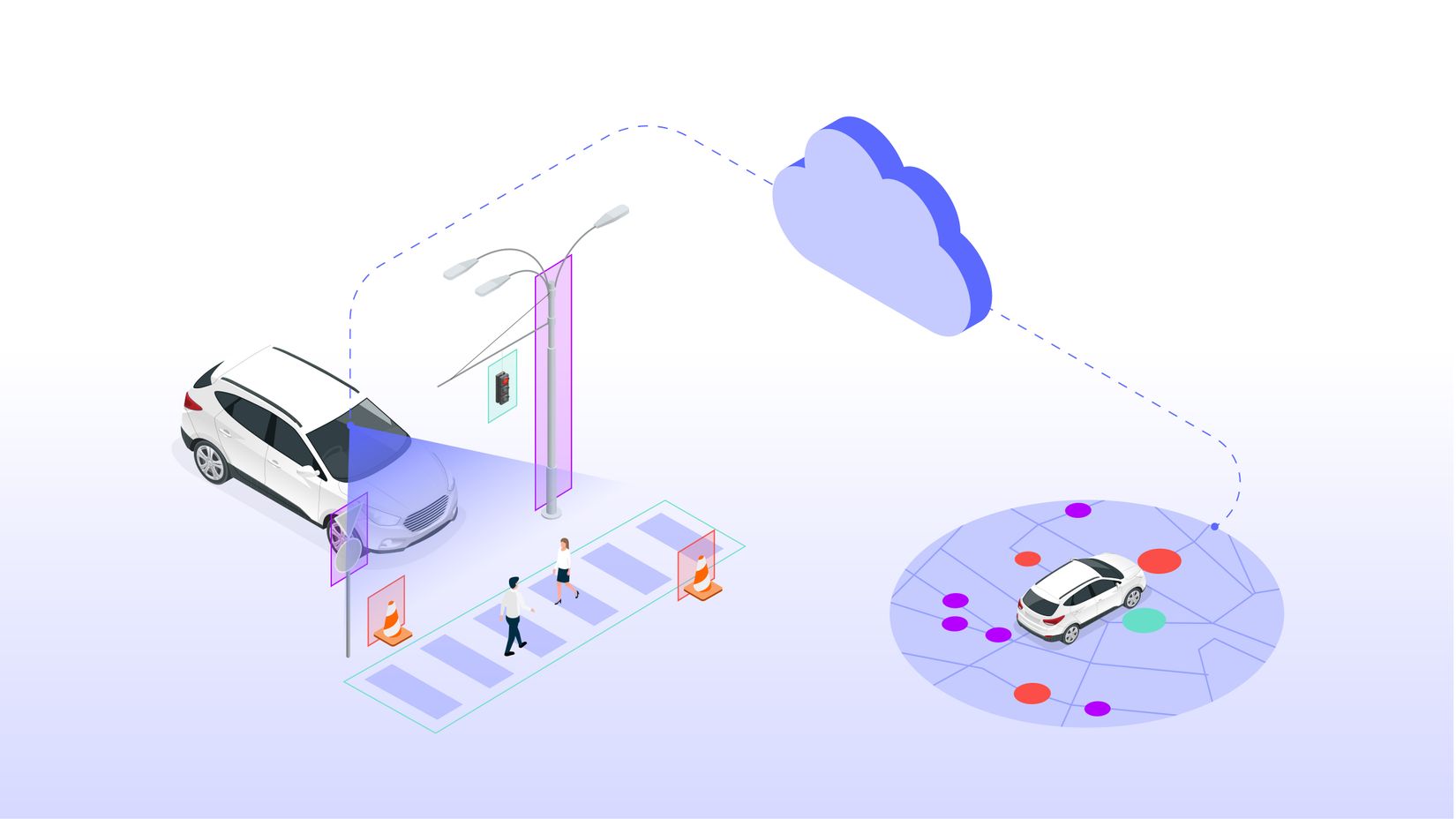
Q: How does REM crowdsourced mapping work?
A: "The common approach today to building high-definition maps is to build a survey fleet that has a lot of different sensors – like lidars and inertial navigation systems and so on. You build this fleet that is relatively expensive and you operate this fleet in areas you want to map," explains Nehushtan. "The problem with this approach is that it is very, very hard to scale" to cover areas large enough to be useful. In addition, "without an inherent capability to update the maps and keep them fresh, the product itself will maybe be useful on day one, but as time goes by, it will start to deteriorate."
Mobileye takes a decidedly more efficient and scalable approach to mapping that builds upon our established leadership in driver-assistance technology. "We have been delivering safety products in the automotive industry for over two decades now." In 2022 alone, "we delivered more than 33 million products, 33 million chips, which means 33 million cars" driving around with our computer vision technology on board, monitoring and detecting the parameters of their surroundings.
"Our idea was to leverage this capability and to simply upload data from these systems to a cloud. It's like uploading a lot of pieces of a puzzle to a cloud," where the pieces are put together to create a complete picture of the driving environment. Running all this data through a complex array of proprietary algorithms renders a detailed map of roadways around the world that can be used in a range of ADAS and AV applications.
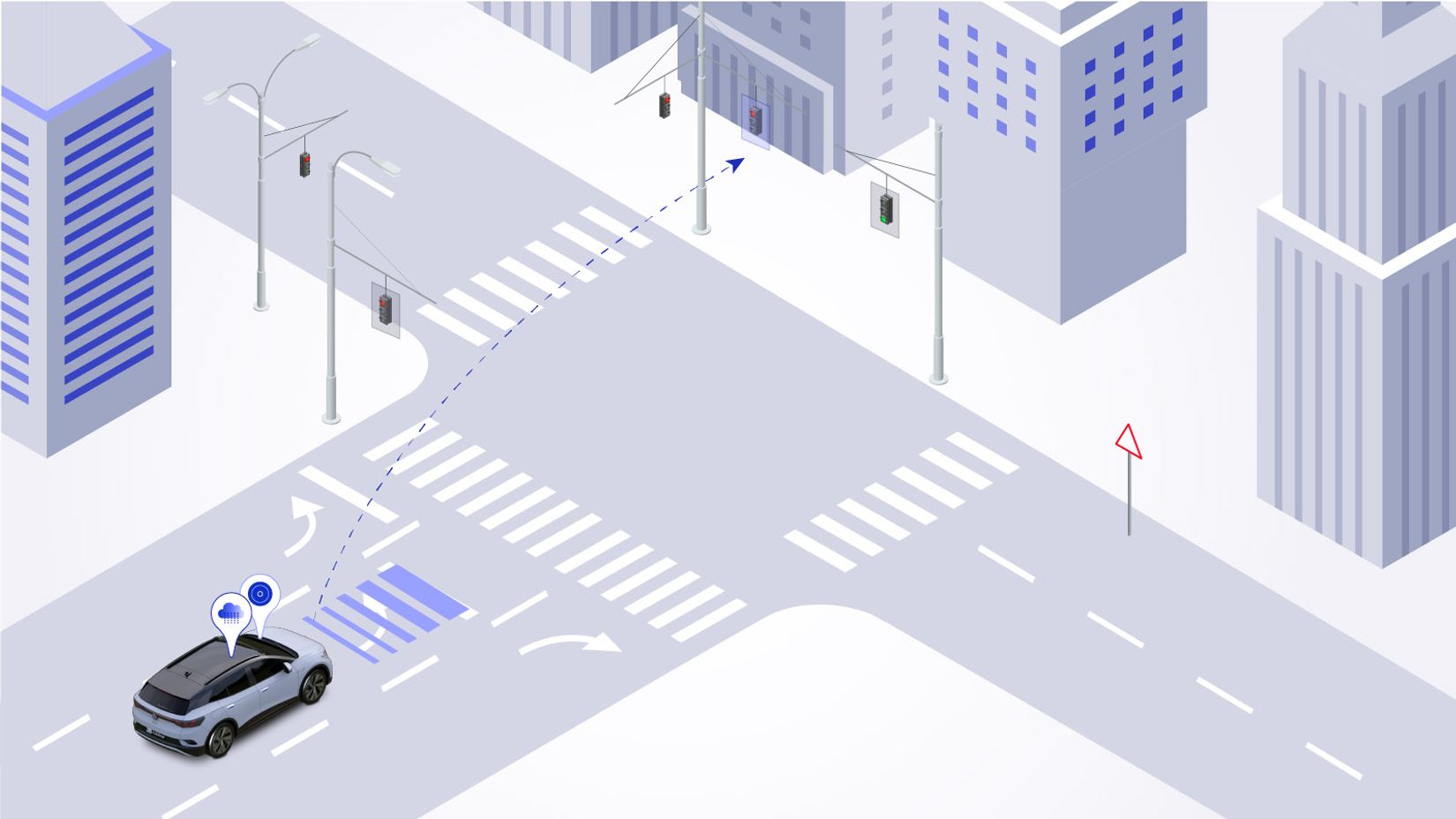
Q: What kinds of mobility solutions benefit from REM?
A: "Having all this history and all this knowledge of how hundreds and thousands of different people drove on [a given] road over a long period of time allows us to give a kind of ‘superpower’ to the system using this map," says Nehushtan. "This database can be used for whatever features we want to offer, whether it's autonomous driving or enhanced driver-assist features."
That starts with Cloud-Enhanced Driver-Assist, which marries our proven experience in ADAS tech with the benefits of REM.
Take, for example, alerting a driver that they're approaching a red light. What might seem like a relatively straightforward function is anything but simple to implement in practice, due especially to the complexity and local variability of traffic-light placement.
"You cannot think of a car [today] that offers a safety solution for red light crossing, like emergency braking or alerting when you are about to enter a junction [through] a red light," notes Nehushtan. "Understanding which traffic light is relevant to the lane you're in is a complicated problem. Now, having this database in the cloud allows us to solve this problem by simply connecting the system today to a cloud." Armed with the knowledge of which traffic signals are relevant to the lane it's in, the system can alert the driver if they're about to run a red light, helping to avoid potential collisions with cross-traffic, pedestrians, and other road users.
With Cloud-Enhanced Driver-Assist, several automakers are already using REM to enhance the ADAS in their vehicles. And we're building an array of increasingly automated solutions incorporating the technology. As Nehushtan points out, "REM crowdsourced mapping is the foundation on which all of these products are built."
Watch the full presentation below.
Share article
Press Contacts
Contact our PR team

